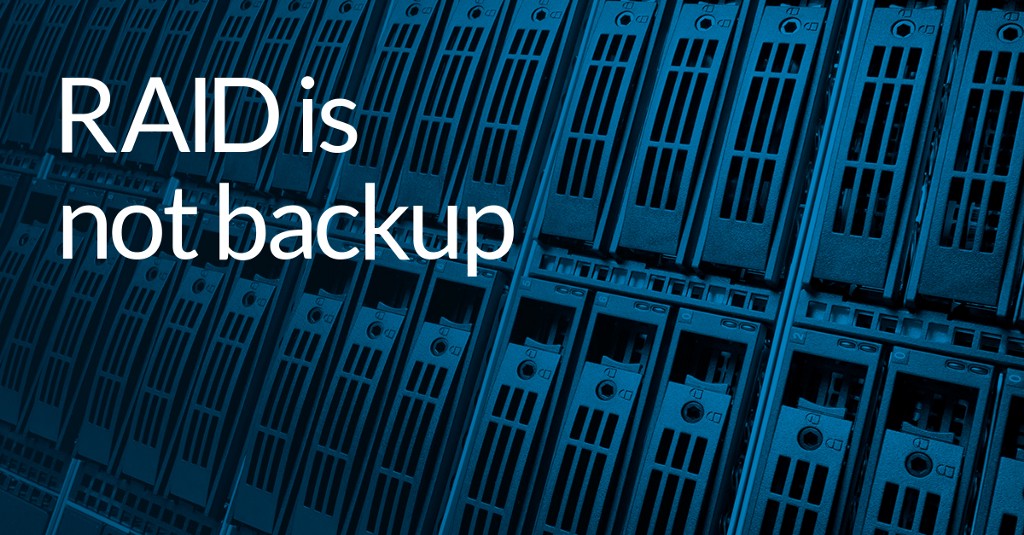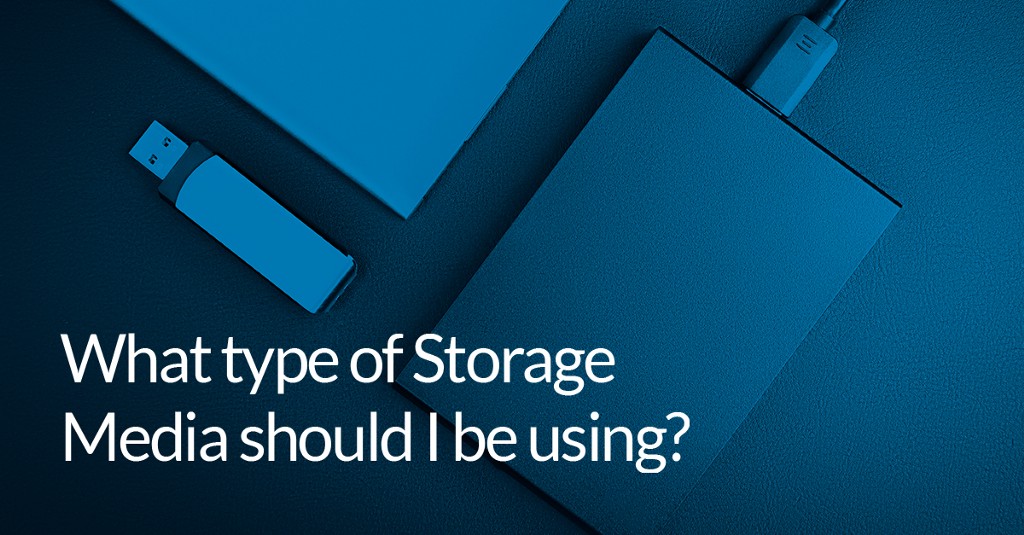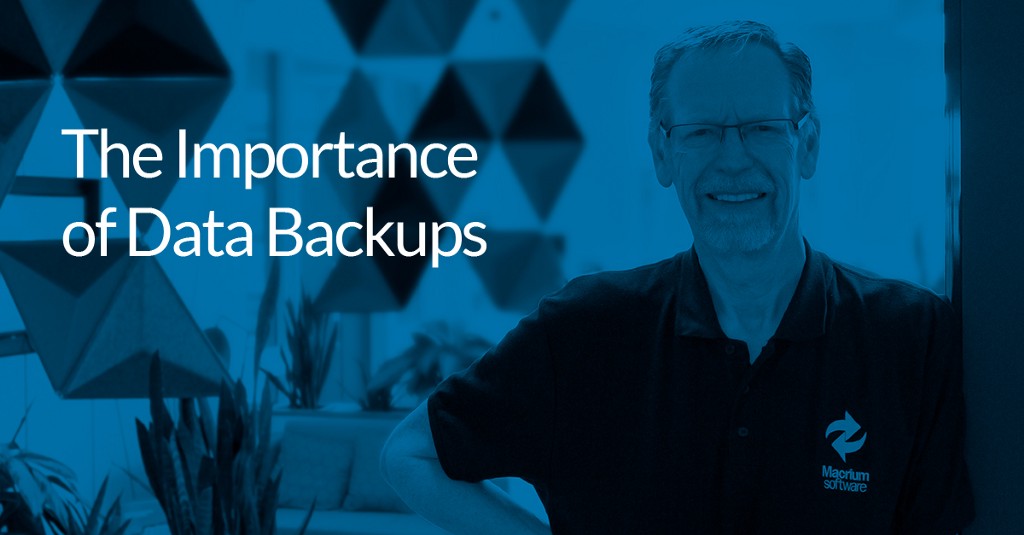RAID is not Backup


What are the differences between RAID and a backup? Do I only need one of these? Are there any advantages to using both? Are RAID and backups the same? These are just a few questions you will often see when viewing a discussion about RAID and backups. This topic causes both confusion and debate. In this blog post we will attempt to answer some of these questions and help you ensure that your data protection needs are met.
What is RAID?
An important question we must first answer is: what is RAID? RAID stands for Redundant Array of Independent Disks. In the simplest terms possible, RAID is a mechanism for combining two or more drives into one logical drive. This can be done for several reasons: fault-tolerance (the ability to continue operation through disk failure, and ensure data is not lost), performance (data is read from several disks instead of one, increasing potential read speed) and storage (several disks can be combined into one logical volume, providing easier storage management).
Today we will be discussing the fault-tolerance provided by RAID as this is the most common cause of confusion between RAID and backups. Whilst it is true that both provide a certain amount of fault-tolerance (backup being geared more towards recovery), the way in which they do this, and what they offer are very different.
How does RAID provide fault-tolerance?
Two features offered by RAID is disk mirroring and parity. Disk mirroring is the real-time replication of data from one logical volume to another separate disk. The clearest example of this is RAID 1, which mirrors the data on two or more drives. This array of disks will continue to function if one of the member disks of the array is operational. Meaning if one disk breaks, the data will still be available from the other disks in the array. By using parity, the system can rebuild information on a failed disk by using parity information and information on the remaining disks. We will be focusing on disk mirroring due to this being the most common RAID implementation.
What is a Backup?
A backup is an archive file that contains data. This file can be used to restore the data to the same or different location. This allows for data migration and recovery. Macrium Reflect allows you to create a ‘File and Folder’ backup (allowing you to backup individual files and folders) or a ‘Disk Image’ (allowing you to backup whole disks and partitions). Backups allow for disaster recovery, meaning that when a system fails, all is not lost.
Now that we have defined what backups and RAID are, we must ask: what are the main differences?
RAID is not a ‘Time Machine’:
Using only RAID, you cannot revert your system to a previous state. Since all disks in the array are replicated in real-time, your data’s previous states are not maintained. However, when regular backups are taken, these can be used to restore your system to a point in time of your choosing. When using Macrium Reflect, you can use retention rules to specify how many backups are kept and how long for. This means that by using your retained backups, you can restore your system to a point in time of your choosing.
RAID does not prevent against accidental deletion:
When data is deleted, the real time replication will delete the file from all disks present in the array. If the file is too large to be stored in the recycling bin, then this data is permanently deleted. Backups will prevent this. When your file is accidentally deleted, you can restore the latest version of that file. Macrium Reflect offers the ability to perform ‘File and Folder backups’, allowing you to backup and restore individual files and folder. Using Macrium Reflect, you can also mount a disk image, navigate to the file in question, and drag that file out of the mounted image. This allows you to restore individual files and folders from a disk image in the event of accidental deletion, without having to restore the whole disk image.
A fire in the server room:
A common example you will see when discussing RAID is a ‘fire in the server room’. This is just one example of a situation that can completely destroy your array. Since all the disks in the array are destroyed, the data is lost. By having a copy of backups in an offsite location, you can ensure that even in a worst-case scenario, business critical data is safe and can be restored to new hardware in the future.
RAID does not counter malware:
Ransomware works by encrypting all the data on a disk and refusing access to the owner until a ransom is paid. RAID will not protect against this ransomware, as the data on other disks in the array will also be encrypted. When this ransomware encrypts the data on your disk, the easiest way to undo this is to just restore a backup of the disk over top, reverting your system to a state before the ransomware attack. Macrium Reflect goes beyond this. Macrium Image Guardian prevents any third-party modification your backup files. This ensures that you will always have a secure backup that can be restored.
RAID provides rapid failover:
All this is not to say that there are no advantages to having a RAID configuration. Depending on the type of RAID that has been configured you will have failover in case of disk failure. Failover means that you will not have any noticeable interruption when one of your disks fails. In the example of RAID 1 with two drives, when one drive fails, the second drive will instantly take its place to resume operation. The failed drive can then be replaced, and the array is rebuilt. Backups do not provide this rapid failover. When your disk fails, your backup must be restored to a replacement disk before operation can continue.
What does this mean for me?
As you can see, the differences between RAID and backup are extensive. These differences should be taken into consideration when choosing what data protection strategy is best for you. Due to RAIDs failover, it is best for when 100% uptime is required. This will most often be in a business environment.
However, we have seen that RAID is only fault-tolerant to a certain extent, and there are many situations where RAID alone is not enough to protect your data. In a business environment, it is advised that regular backups are taken in addition to having RAID configured. This will allow rapid failover when disk failure occurs and will also provide the benefits of a backup strategy that were discussed above.
For home use, a thorough backup strategy will most likely be enough to protect your data, as downtime will not have as much of an impact when waiting for an image to restore.
Are RAID and backups the same thing?
To answer the main question of this blog post, no. RAID will enable continuity of operation in case of hardware failure and backups will allow you to restore your system or a new system to a previous state. Although certain RAID configurations involve having a copy of your data on a separate disk, the purpose for doing so is different. It is advised that RAID is used in conjunction with a comprehensive backup strategy to ensure data security.
You can download a 30-Day Trial of Macrium Reflect Home, Workstation, Server, Server Plus, or Site Manager.


